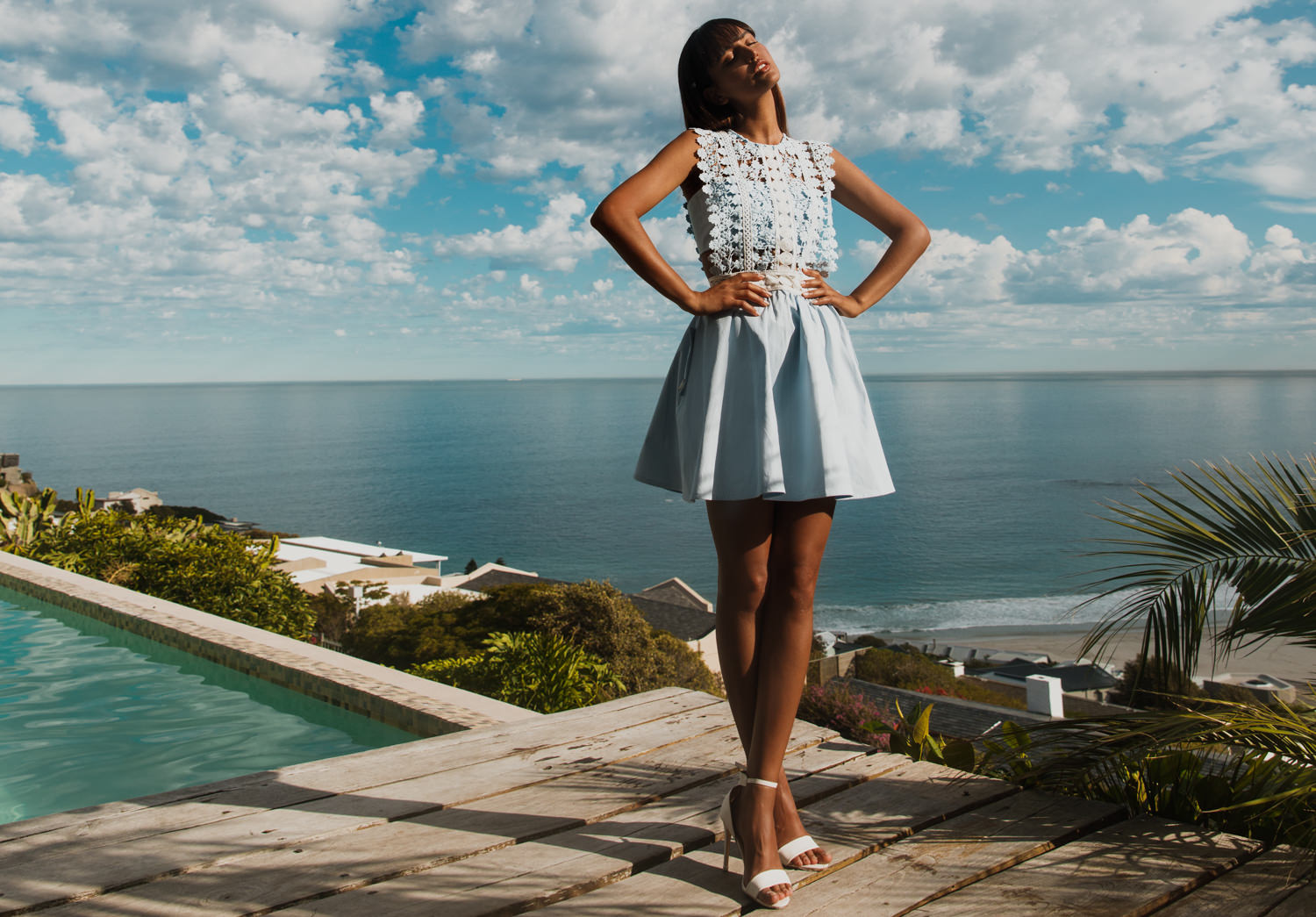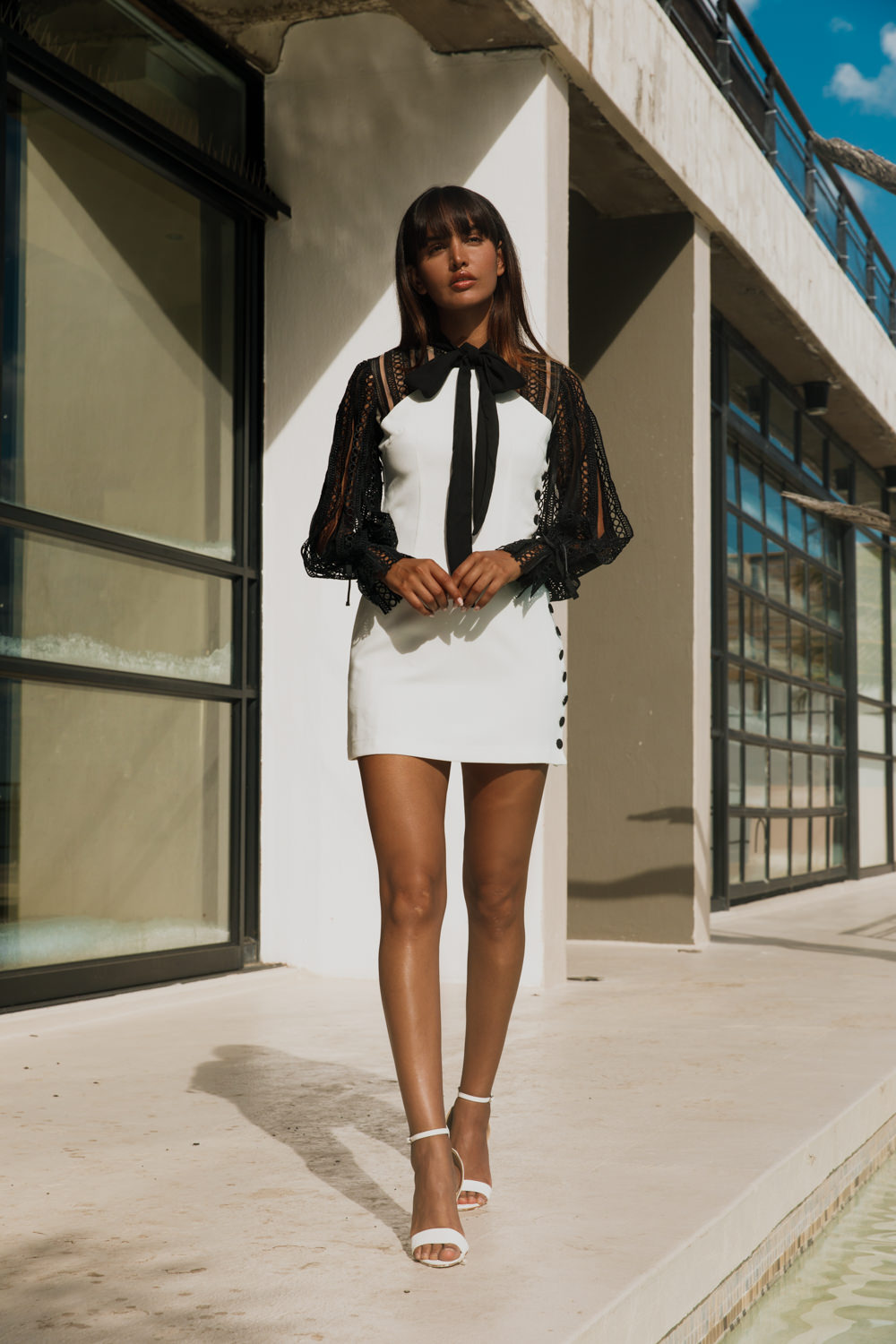You just booked a big commercial job or paid shoot. Maybe your first one. You’re excited, but also really nervous. You wake up in cold sweats. What if something goes wrong? what if the client hates me? What if the photos don’t turn out the way I would like to?
Relax, we’ve all been there. As creatives, we have the tendency to overthink and overcomplicate everything for ourselves, but some structure helps, so today I’d like to share with you a few simple guidelines to stick to when planning and shooting a campaign.
For a full in depth tutorial please check out my video below, and check out my channels: YouTube. Instagram. Twitter
Gear
- Canon 5D Mark IV
- Canon 24-70 2.8 L II
Team
Model: Helena Gomes @helenagomes8
Mua: Tasha Pops @tash_pops
Dresses: Cari’s Closet
Location: @Le12artist
A Guide To Shooting A Successful Campaign Or Paid Shoot Video
1. Paid shoot or not, preparation is key! The more you know, the less stressed you’ll be. I always make sure I spend a lot of time before any shoot putting together an elaborate mood-board of loads of inspirational pieces to make sure I have a clear vision of which direction I’d like to take with my shoot. The more visual aid I have, the more helpful it will be for me and my team – especially the model. It’s important to try to let them know what kind of vibe you expect from the shoot.
2. If you have the opportunity to check out your location beforehand, make sure you do. There is so much information that can be derived like interesting spots, to what kind of setup and gear you should have with you. It’s crucial to know how the light travels at the location during the day, how much daylight and how much space are you going to have – there is nothing worse than arriving on the day of your shoot only to realize your location is small or with not enough natural light.
Times of the day are also especially important when shooting in natural light as shooting in the afternoon/morning vs midday will make a huge difference in your final outcome.

3. Before the shoot day, it’s always really important to speak to your client and find out what their expectations and needs are. How many looks are you going to have? Do they need only full body shot, or also half-body and close-ups? What format does your client need more? Landscape or portrait, or a mix? (A lot of designers and retailers will look for landscape images that they could use for banners on their website).
Finally, make sure you discuss deadlines, experience has taught me that a lot of clients shoot last minute and expect the final results done “for yesterday”. If you need a week to retouch the images, it’s important to say so up front.
4. Try and have a say in picking your team. It’s not always possible to work with people you’d like to, but it’s always worth giving your suggestions to the client. Having a team that you know and trust can really help reduce your stress levels as you are familiar with them and their quality of work. I find energy on set can really make or break a shoot. I had so many situations where a job could have been amazing but it turned out “just ok” or simply bad, just because someone had an attitude, or it simply felt like they did not want to be there.
If you end up being added to an already existing team, don’t panic! Just be friendly and approachable, try to introduce yourself to everyone and it will work out just fine.

5. On the day of the photo shoot, use the time when the model is in hair and makeup to have another scout around your location, and speak to the stylist to decide which looks are you going to shoot where – I find outfit changes and changing locations is usually the most time consuming on a shoot. It’s much better to set up and do your tests when everyone is busy, so you’re confident and prepared for when the time comes to take the photos.
If the client is with you on set, it’s good to show them previews so they can have a feel of what the images will look like. This way if they are unsure about something, you will always have time to switch around and adjust. If the client is not around, I would always recommend sending them sneak-peaks of shots so they can give you their input and tell you if they like something or not.
6. As much as it’s important to listen to a client’s suggestions and take critique, it’s sometimes necessary to stand your ground and offer better solutions. When a client comes to you it’s usually because they like what you create and they trust your skill, however, I sometimes find when putting together a shoot, you come across companies with a more old-school or traditional vision. Now, I’m not saying that it’s a bad thing, but sometimes it’s worth suggesting something that’s a bit more out there for them, taking a shot to see what they think. From my personal experience, 95% of the time the brand will end up picking the shot where I had my input. Our job is about helping people see outside the box overall.
7. A majority of times, when shooting for a product or designer, posting any kind of revealing behind the scenes is a big no-no! Unless a client says otherwise, I always assume behind the scenes snaps are not allowed – unless they don’t directly show the clothing or the setup.
I always make sure to say it to my team as well, and I would be lying if I said I didn’t learn the hard way! If I really like what’s happening on the set, I usually take all the behind-the-scenes shots but only post once the shoot is out. This way I still get my social media content without jeopardizing the client’s collection.
8. Finally, when transferring all your images, ALWAYS make sure to back up your work. Again, learned the hard way. You can take the most amazing images, but if your hard drive decides to give up, so will your hopes and dreams. Best case scenario your wallet will take a hit and your drive will be fixed, otherwise the whole shoot will have to be re-done, which is definitely not a situation you’d like to find yourself in.
Conclusion
To sum everything up, the better you prepare before your photo shoot, the stronger your shots are going to be. Always try and approach each project informed and with calmness, and always trust your skills. Remember, the client booked you over hundreds of others, so there is nothing to be stressed about. If something goes south it is not the end of the world either. Pick yourself up, get as much feedback as you can, try and improve and kill it the next time.















